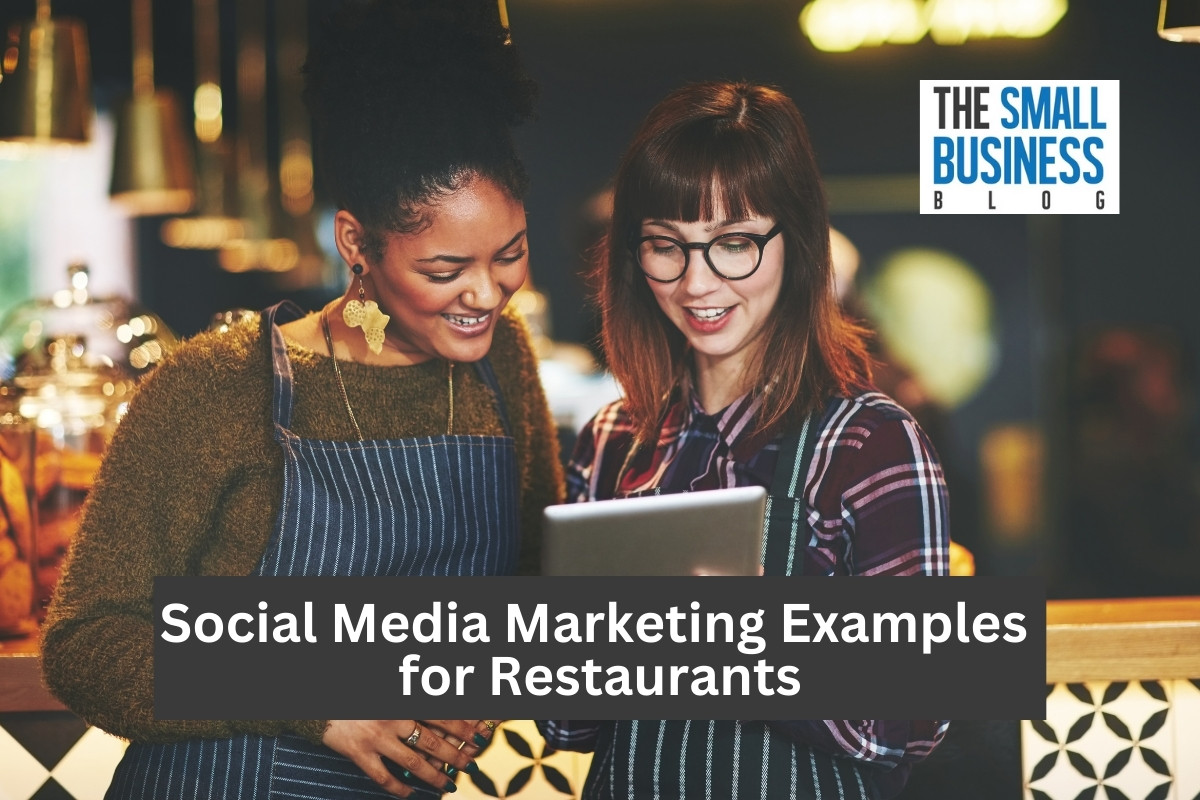Social media marketing examples for restaurants today have become a way for owners to connect with their audience, turning every post, tweet, and story into an opportunity to engage, entice, and excite potential diners.
From the visually stunning Instagram posts to the real-time updates of Twitter, social media has become an indispensable tool in the restaurant industry’s marketing arsenal.
The power of social media in the restaurant world cannot be overstated.
It’s a realm where a well-crafted hashtag can start a culinary trend, a Facebook event can draw crowds, and a TikTok video can make a dish go viral.
Post Contents
- 1 Social Media Marketing Examples for Restaurants
- 1.1 1. Leveraging Instagram’s Visual Appeal
- 1.2 2. Facebook Marketing: Beyond Just Posts
- 1.3 3. Twitter: Engaging in Real-Time
- 1.4 4. The TikTok Revolution in Dining
- 1.5 5. Snapchat: A Platform for Exclusive Offers
- 1.6 6. User-Generated Content: Harnessing Customer Advocacy
- 1.7 7. Influencer Collaborations: Expanding Reach
- 1.8 8. Storytelling through YouTube
- 1.9 9. LinkedIn for Professional Networking
- 1.10 10. Pinterest: A Visual Menu
- 1.11 11. Email Marketing: Personalized Engagement
- 1.12 12. Loyalty Programs and Social Media Integration
- 1.13 13. Community Engagement and Local SEO
- 1.14 14. Responsive Customer Service on Social Platforms
- 1.15 15. Analyzing and Adapting Strategies
- 2 FAQs
- 2.1 How can restaurants measure the success of their social media marketing?
- 2.2 What role does user-generated content play in restaurant marketing?
- 2.3 Why is it important for restaurants to engage in local SEO and community events?
- 2.4 How can restaurants effectively use email marketing?
- 2.5 What are some key considerations when choosing social media platforms for restaurant marketing?
- 3 Conclusion
Social Media Marketing Examples for Restaurants
In this digital age, a restaurant’s online presence can be as crucial as the quality of its food.
As we delve into the world of social media marketing for restaurants, we uncover strategies that have not only enhanced customer engagement but also transformed how restaurants narrate their stories and showcase their offerings.
1. Leveraging Instagram’s Visual Appeal
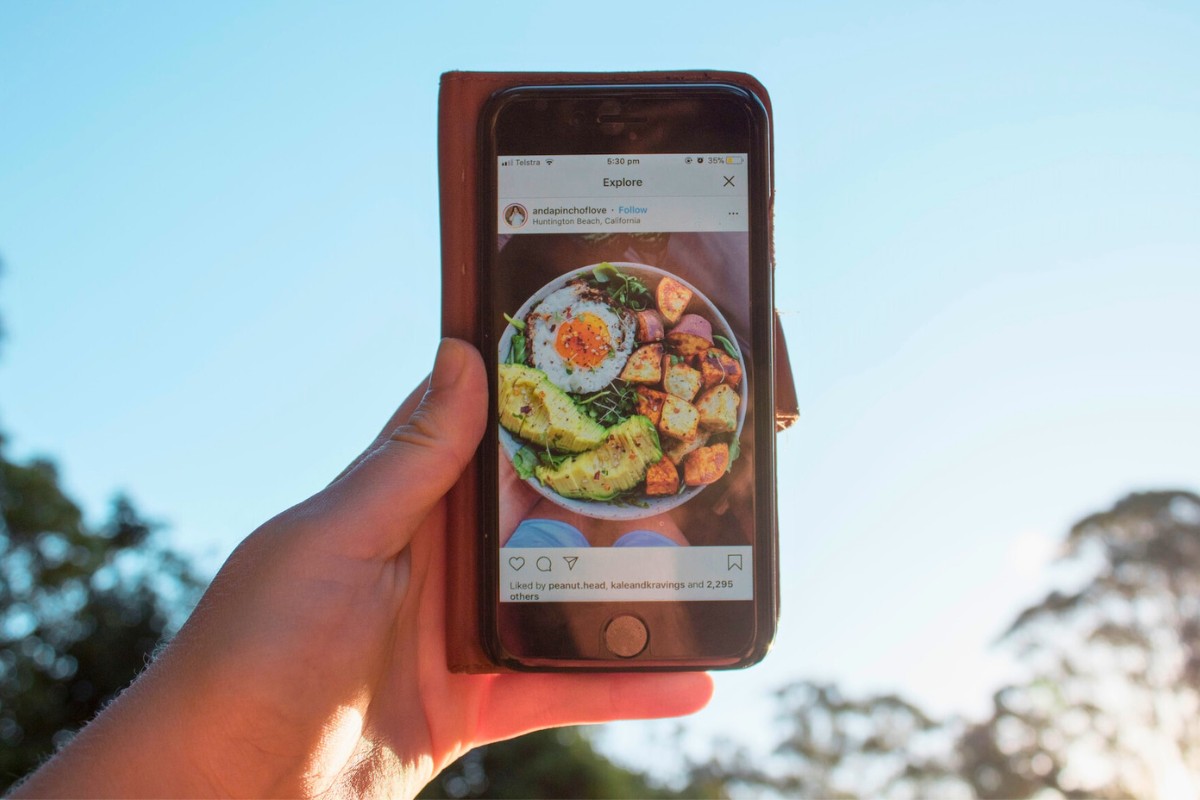
Instagram is a key platform for restaurants to showcase their dishes visually.
High-quality images and videos can attract attention and entice customers.
Using relevant hashtags helps in reaching a wider audience and engaging with food enthusiasts.
Restaurants can also repost content from customers, adding a personal touch to their feed.
This platform is ideal for creating a visual story of the restaurant’s offerings and ambiance.
2. Facebook Marketing: Beyond Just Posts
Facebook provides a versatile space for restaurants to engage with their audience.
By creating events, special offers, and sharing engaging content, restaurants can keep their followers informed and interested.
Video content, especially behind-the-scenes looks, adds depth to the restaurant’s online presence.
Targeted ads on Facebook can help reach specific demographics, increasing potential customer engagement.
Regular updates and interactive posts create a sense of community and keep the restaurant relevant.
3. Twitter: Engaging in Real-Time
Twitter is an excellent platform for real-time engagement and quick updates.
Restaurants can use hashtags to join trending conversations or create their own for special promotions.
Offering exclusive Twitter deals can encourage followers to engage and visit.
Prompt responses to customer queries and feedback showcase excellent customer service.
Regular tweets about menu updates, special events, or interesting facts keep the restaurant’s profile active and engaging.
4. The TikTok Revolution in Dining
TikTok has become a popular platform for restaurants to showcase their creativity and personality.
Short, engaging videos can quickly capture the audience’s attention and go viral.
Participating in trending challenges or creating unique content can significantly increase a restaurant’s visibility.
Collaborations with TikTok influencers can tap into new customer bases.
The key is to create fun, memorable content that highlights the restaurant’s unique offerings.
5. Snapchat: A Platform for Exclusive Offers
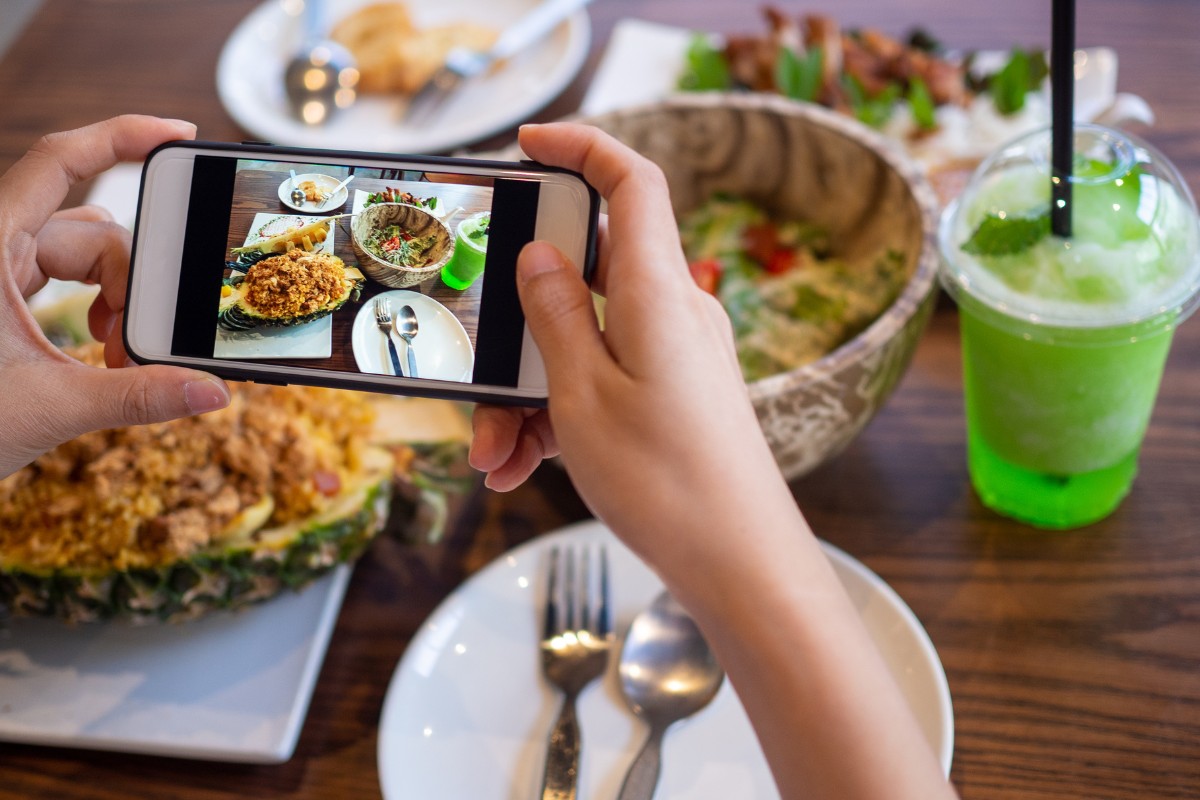
Snapchat is ideal for sharing exclusive content and offers with a younger demographic.
Restaurants can use it to post behind-the-scenes content, special promotions, or sneak peeks of new menu items.
Custom geo-filters encourage customers to share their dining experiences, increasing the restaurant’s visibility.
Engaging with customers through Snapchat stories can create a sense of exclusivity and community.
This platform is great for creating a more personal and direct connection with customers.
6. User-Generated Content: Harnessing Customer Advocacy
User-generated content is a powerful tool for restaurants on social media.
Encouraging customers to post their dining experiences can provide authentic endorsements.
Reposting customer reviews and photos on the restaurant’s social media pages increases credibility.
This strategy not only engages existing customers but also attracts new ones.
It’s a cost-effective way to create content and build a community around the restaurant.
7. Influencer Collaborations: Expanding Reach
Collaborating with influencers can significantly expand a restaurant’s reach.
Influencers with a large following can introduce the restaurant to a broader audience.
These collaborations can take the form of sponsored posts, event hosting, or menu item reviews.
It’s important to partner with influencers whose followers align with the restaurant’s target demographic.
This strategy can effectively increase brand awareness and attract new customers.
8. Storytelling through YouTube
YouTube provides a platform for restaurants to tell their story through video content.
This can include chef interviews, behind-the-scenes tours, or showcasing the preparation of signature dishes.
Regularly posting engaging and high-quality videos can build a loyal following.
YouTube videos also improve search engine visibility, attracting new customers.
This platform is ideal for in-depth storytelling and showcasing the restaurant’s personality and values.
9. LinkedIn for Professional Networking
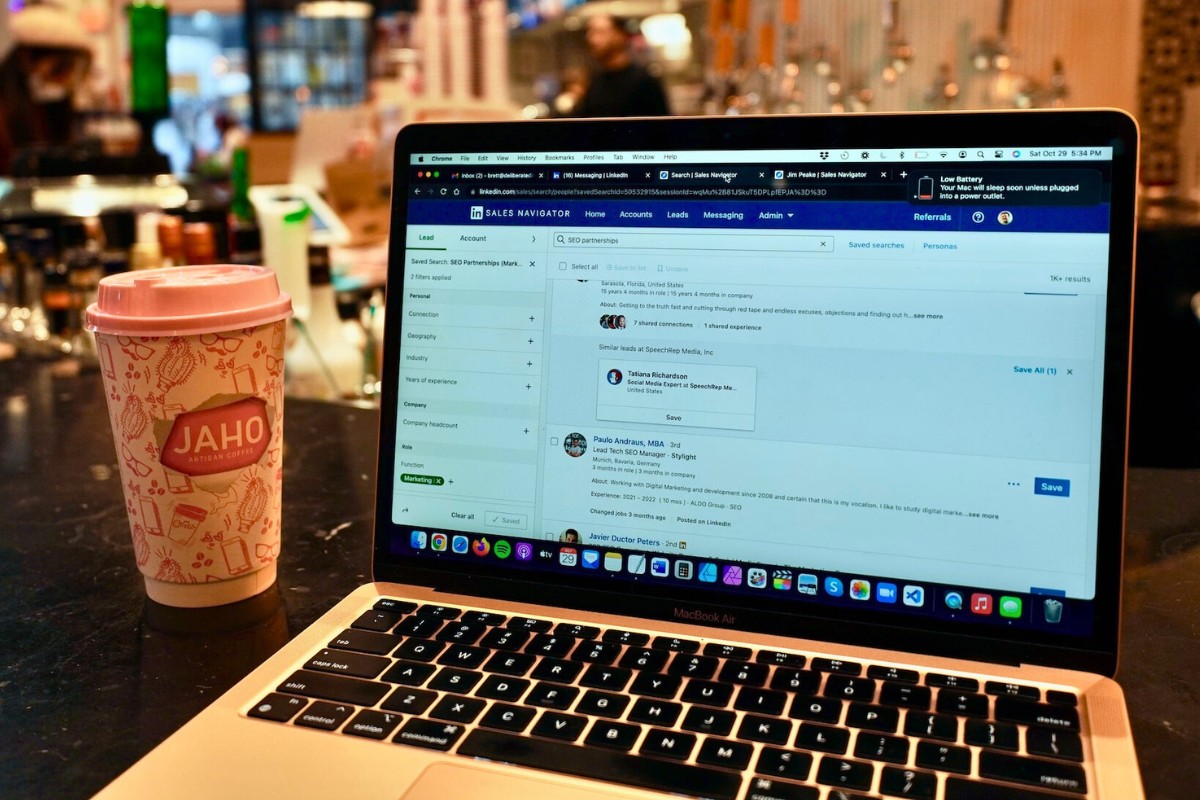
LinkedIn is a valuable tool for connecting with industry professionals and food enthusiasts.
Restaurants can use it to share industry news, achievements, and professional insights.
Engaging with other businesses and professionals on LinkedIn can open up opportunities for collaborations and partnerships.
It’s also a platform for recruiting skilled staff and showcasing the restaurant’s professional side.
Regular updates and professional content can enhance the restaurant’s reputation in the industry.
10. Pinterest: A Visual Menu
Pinterest is an excellent platform for restaurants to visually showcase their menus and ambiance.
Creating boards for different cuisines, themes, or events can attract a diverse audience.
High-quality images of signature dishes can inspire and attract potential customers.
Restaurants can also use Pinterest to share recipes, food styling tips, or dining decor ideas.
This platform is ideal for reaching customers who are looking for culinary inspiration and dining experiences.
11. Email Marketing: Personalized Engagement
Email marketing allows restaurants to connect personally with their customers.
Regular newsletters can update customers about new menu items, events, and special offers.
Personalized emails, such as birthday discounts, can make customers feel valued.
Tracking email engagement helps in understanding customer preferences.
This strategy is effective for maintaining long-term relationships with customers and encouraging repeat visits.
12. Loyalty Programs and Social Media Integration
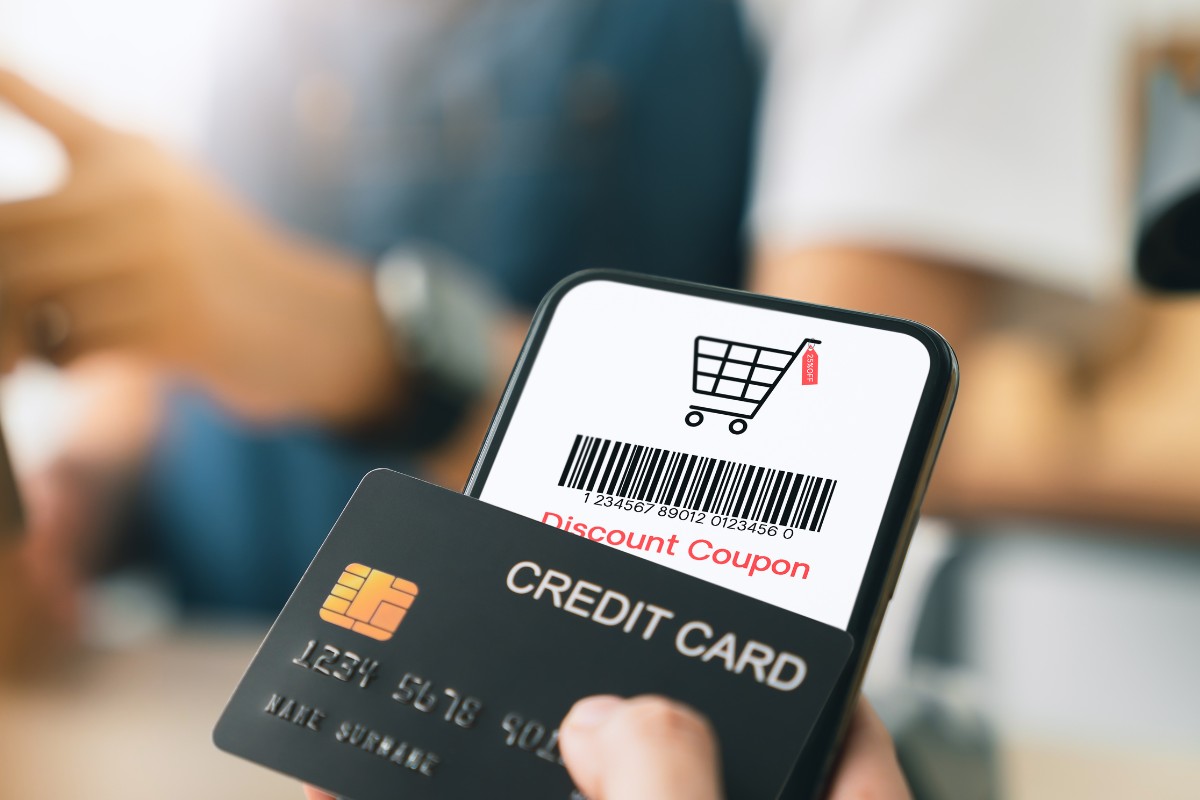
Integrating loyalty programs with social media can enhance customer engagement.
Offering rewards for social media shares or check-ins can increase online visibility.
Loyalty programs can be promoted through social media to attract new members.
Exclusive social media contests or promotions for loyalty members can create excitement.
This approach encourages repeat business and turns regular customers into brand ambassadors.
13. Community Engagement and Local SEO
Engaging with local community events and trends can boost a restaurant’s presence in the area.
Participating in or sponsoring local events can be shared on social media to show community involvement.
Using local SEO strategies, like geo-tagging and local hashtags, improves visibility in local search results.
Collaborating with other local businesses can increase reach.
This strategy helps in building a loyal local customer base and enhances the restaurant’s reputation in the community.
14. Responsive Customer Service on Social Platforms
Providing responsive customer service on social media is crucial.
Addressing customer inquiries and feedback promptly shows commitment to customer satisfaction.
Engaging with customers in the comments section can build trust and loyalty.
Monitoring social media mentions helps in managing the restaurant’s online reputation.
This approach ensures a positive customer experience and can mitigate any negative feedback.
15. Analyzing and Adapting Strategies
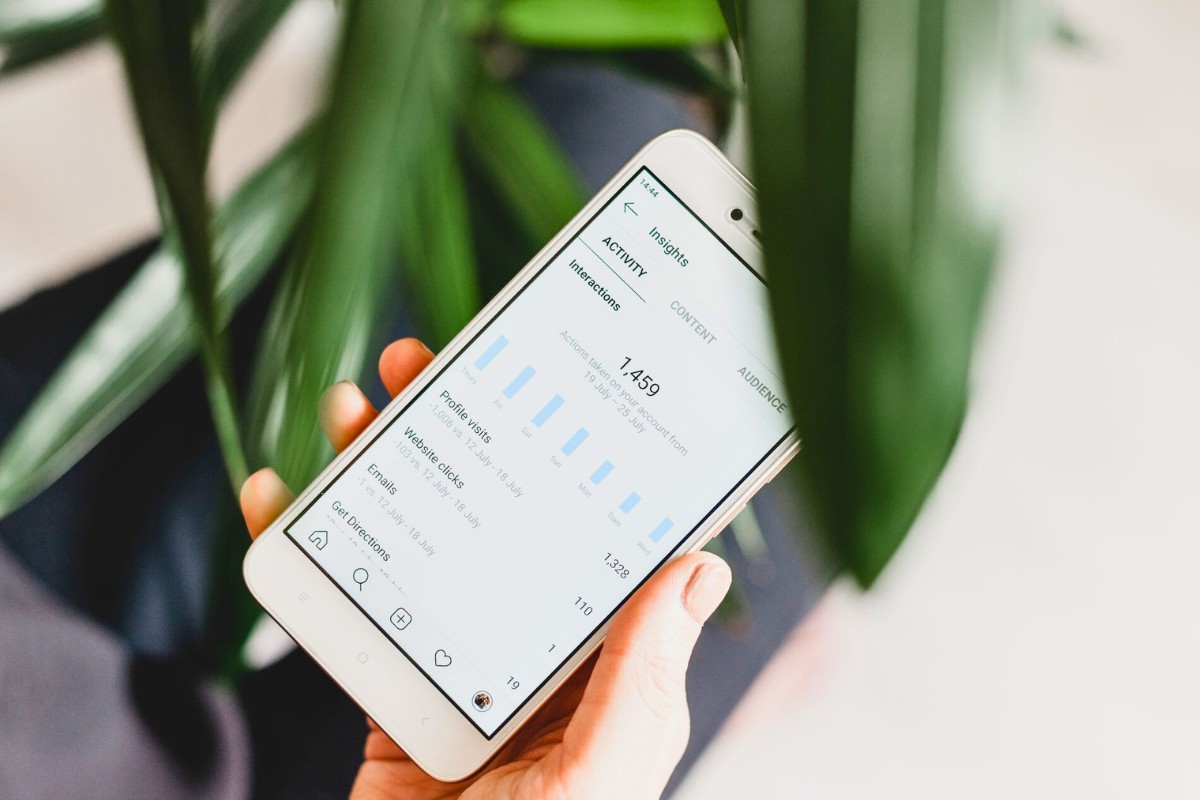
Regular analysis of social media performance is essential for strategy refinement.
Tracking metrics like engagement rates, follower growth, and conversion rates helps in understanding what works.
Adapting content and campaigns based on these insights can improve effectiveness.
Staying updated with social media trends ensures the restaurant remains relevant.
This ongoing process helps in continuously enhancing the restaurant’s social media marketing efforts.
FAQs
How can restaurants measure the success of their social media marketing?
Success can be measured through engagement rates, follower growth, conversion rates, and tracking the ROI of specific campaigns.
What role does user-generated content play in restaurant marketing?
User-generated content provides authentic endorsements, increases credibility, and helps build a community around the restaurant.
Why is it important for restaurants to engage in local SEO and community events?
Engaging in local SEO and community events helps build a loyal local customer base and enhances the restaurant’s reputation in the community.
How can restaurants effectively use email marketing?
Restaurants can use email marketing for regular updates, personalized offers, and maintaining long-term relationships with customers.
What are some key considerations when choosing social media platforms for restaurant marketing?
Key considerations include the target audience, the type of content that works best on each platform, and the resources available for managing these platforms.
Conclusion
From leveraging the visual appeal of Instagram to engaging in real-time conversations on Twitter, each platform offers unique opportunities to connect with customers.
By embracing user-generated content, collaborating with influencers, and utilizing platforms like YouTube and Pinterest, restaurants can create a diverse and dynamic online presence.
Integrating email marketing, loyalty programs, and responsive customer service into their social media strategy ensures a holistic approach.
Regular analysis and adaptation of these strategies are key to staying ahead in the competitive world of restaurant marketing.







